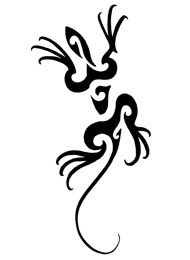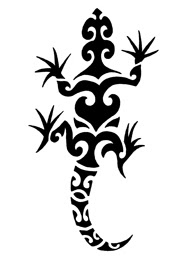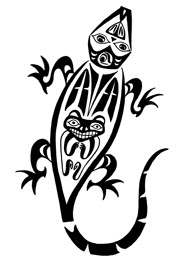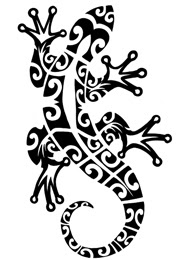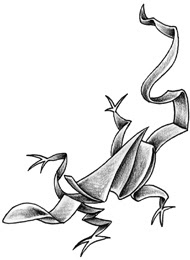SHORT HISTORY OF JAPANESE WRITING
In 1867, following the opening of trade with the West began the modern history of Japan. This fact led to the abolition of the old feudal structure and the dismantling of the warrior class: these were even prohibited from carrying swords, their symbol for excellence in public. However, the powerful charge of spiritual and symbolic figure of the warrior and his sword, which had deeply affected and influenced the fate of ancient Japan, however, remained unsettled in the fabric of modern Japan, manifesting itself firmly in both the martial arts in the streets. The same Japanese art, inspired in large part to the figure of the feudal warrior, survived by a decision to this social and cultural revolution, becoming famous throughout the world.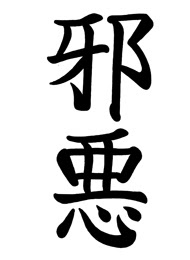


CONFUCIAN PHILOSOPHY
The art form from Japan ranks among the most popular is definitely the Shodo, the way of calligraphy, which dates back thousands of years ago. The first findings date back to the Chinese pictographic writing of the eighteenth century BC: the man, the sun, moon and similar elements, were in fact played through elementary symbols on smooth surfaces, in most cases, scapular bones of animals. They had a sacred function: it served as oracles of the priests to predict the future.
With ladinastia CHIN, who ruled China in the third century BC, the engravings calligraphy became part of life is common to record the proceedings of the imperial court. At a minister of the imperial court named Li Ssu, was then given the task of standardizing characters, meanings and construction techniques.



THE WAY OF CALLIGRAPHY
However, the first real diffusion of pictographic writing is due to the Confucian philosophy and the consequent demand for written texts by the masses, the "four treasures" made sure that happened was the paper, ink, stone and finally the ink brush. The latter, in the hands of talented people soon became the glue between art and writing.



This form of calligraphy was then introduced into Japan around 600 AD and even in this case, the impetus was given by a spiritual motivation. Buddhism was in fact widespread throughout Japan and the need to give access to this thought became the driving force of calligraphy. With the intent to transfer paper phonetic elements of the Japanese language, two centuries later, was then encoded the Kana alphabet, by which it was written "The Story of Genji" the first novel in the world.



In 1867, following the opening of trade with the West began the modern history of Japan. This fact led to the abolition of the old feudal structure and the dismantling of the warrior class: these were even prohibited from carrying swords, their symbol for excellence in public. However, the powerful charge of spiritual and symbolic figure of the warrior and his sword, which had deeply affected and influenced the fate of ancient Japan, however, remained unsettled in the fabric of modern Japan, manifesting itself firmly in both the martial arts in the streets. The same Japanese art, inspired in large part to the figure of the feudal warrior, survived by a decision to this social and cultural revolution, becoming famous throughout the world.



CONFUCIAN PHILOSOPHY
The art form from Japan ranks among the most popular is definitely the Shodo, the way of calligraphy, which dates back thousands of years ago. The first findings date back to the Chinese pictographic writing of the eighteenth century BC: the man, the sun, moon and similar elements, were in fact played through elementary symbols on smooth surfaces, in most cases, scapular bones of animals. They had a sacred function: it served as oracles of the priests to predict the future.
With ladinastia CHIN, who ruled China in the third century BC, the engravings calligraphy became part of life is common to record the proceedings of the imperial court. At a minister of the imperial court named Li Ssu, was then given the task of standardizing characters, meanings and construction techniques.



THE WAY OF CALLIGRAPHY
However, the first real diffusion of pictographic writing is due to the Confucian philosophy and the consequent demand for written texts by the masses, the "four treasures" made sure that happened was the paper, ink, stone and finally the ink brush. The latter, in the hands of talented people soon became the glue between art and writing.



This form of calligraphy was then introduced into Japan around 600 AD and even in this case, the impetus was given by a spiritual motivation. Buddhism was in fact widespread throughout Japan and the need to give access to this thought became the driving force of calligraphy. With the intent to transfer paper phonetic elements of the Japanese language, two centuries later, was then encoded the Kana alphabet, by which it was written "The Story of Genji" the first novel in the world.









